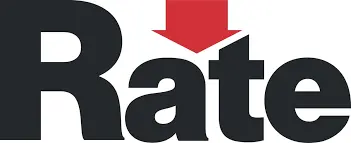You can calculate your home’s equity by subtracting your current loan balance from what you think your home is worth:
Current home value – Current mortgage balance = Your home equity
Our home equity loan calculator does the extra math to find how much of that equity you could use. You can use our calculator to find out how much you can borrow with either a HELOC or home equity loan, since the calculations are identical.
If you would like to crunch the numbers yourself, here’s how you can do it.
How to calculate your potential home equity loan or HELOC amount yourself
If you prefer to estimate how much home equity you may be able to borrow yourself, here’s the formula you can use:
- Multiply your home’s value by 85% (0.85)
- Subtract the amount you have left to pay on your mortgage
- The result is your potential home equity loan amount
Use our home equity calculator to estimate how much you can borrow
You only need three pieces of information to find your estimate:
- Your home’s most recent appraised value (or estimated value). Use LendingTree’s home value estimator to get a ballpark value.
- Your outstanding mortgage balance. Grab your current mortgage statement to get this info.
- Your credit score range. If you don’t already know your credit score, you can get your free credit score on LendingTree.
85% of your home’s value is the common maximum home equity loan and HELOC amount
Our calculator limits you to an 85% loan-to-value (LTV) ratio, the industry standard set by most home equity lenders. That means the total balance of both your current mortgage and new home equity loan or HELOC can’t exceed 85% of your home’s value.
However, some specialized home equity lenders let you borrow up to 100% of your home’s value. Learn more about getting a high-LTV home equity loan.










